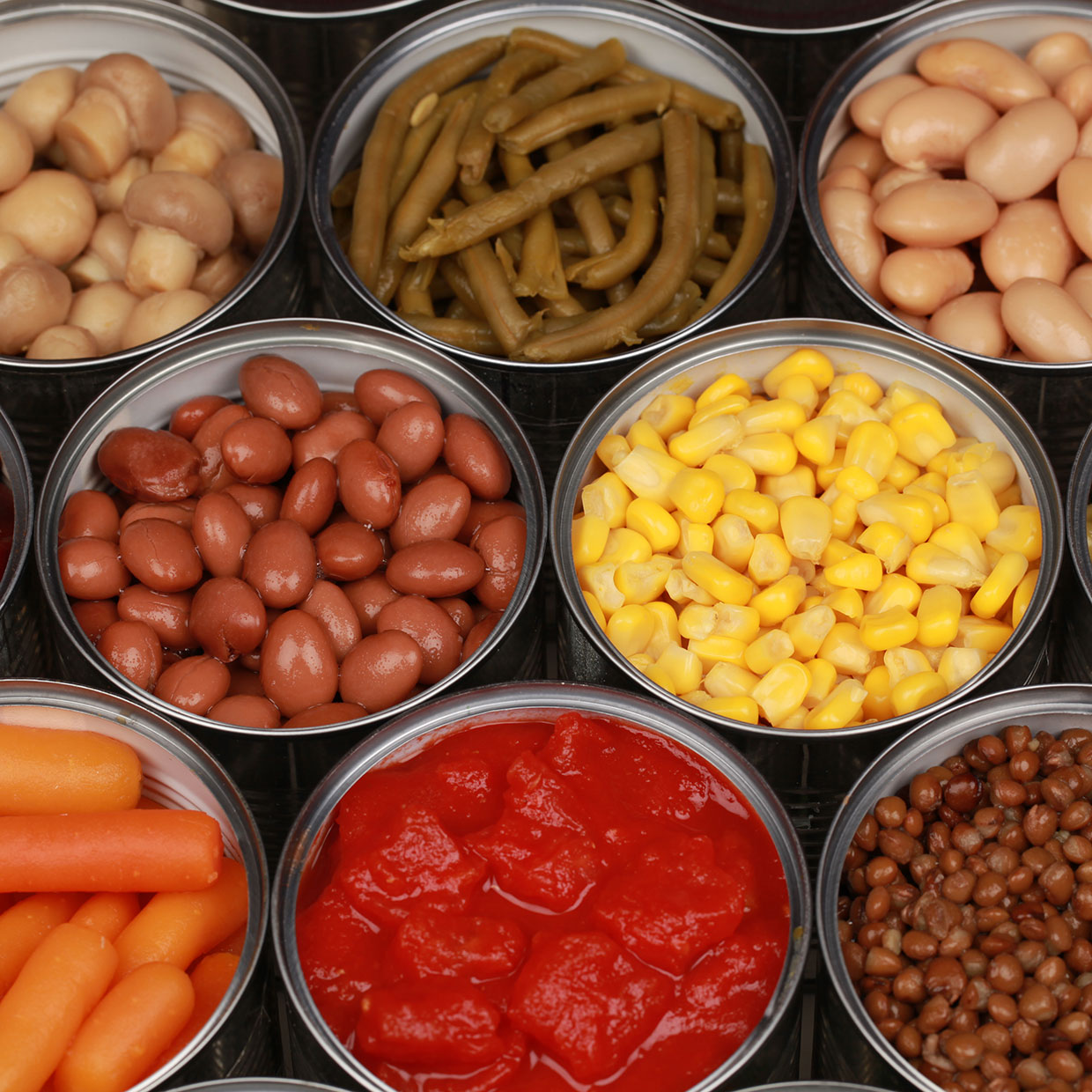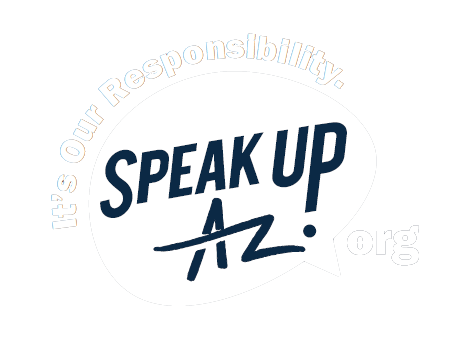Hope for Those Living In Food Deserts
It can be easy to take the necessities of life for granted. Most Americans have multiple options when it comes to availability of food and nutrition. But, for more than 23 million Americans who live in "food deserts," availability of nutritious food is scarce. The United States Department of Agriculture (USDA) defines "food deserts" as rural or urban areas where residents have limited access to healthy food options offered by grocery stores, farmer's markets and other healthy food providers. More than 700,000 Arizonans residing in food desert areas can oftentimes travel up to 100 miles to access nutritious food options.

The USDA announced this month a possible solution for food deserts. Beginning in the summer of 2017, the USDA will conduct a two-year pilot study which will allow recipients of Supplemental Nutrition Assistance Program (SNAP) benefits to purchase groceries online with their Electronic Benefit Transfer (EBT) cards. SNAP recipients can have their purchases delivered to their front doors for an additional charge. National and regional retail firms from seven states will be participating to test online SNAP purchasing in different settings, including retail giant, Amazon. This will be the first time SNAP has accepted online payment for groceries, though SNAP has been experimenting with programs to allow grocery delivery to homebound elderly and individuals with disabilities.
Although this option has not yet been offered to Arizona SNAP benefit recipients, DES and its community partners are joining together to offer a viable option for food desert residents.
The Division of Aging and Adult Services' (DAAS) Coordinated Hunger Relief Program and food produce donors have partnered to provide those who live in food deserts healthy nutritious options.
According to DAAS Hunger Relief Program Manager, Linda Hamman, produce makes up 40 percent of the total food box content. She estimates 15 to 20 percent of the produce donated goes straight to food banks. The remaining amount is used to create food boxes, which are delivered to predetermined locations.
The amount donated is dependent upon the success of the growing season.
"2016 was a good [growing] season," said Hamman. "In December alone, producers donated nine million pounds of fresh fruits and vegetables." Yuma and Nogales producers are the biggest donators, she states.
She explained that the trailers used to transport the boxes serve a dual purpose.
"We use the trailers as distribution sites, due to the fact that many any of the places we travel to do not have brick and mortar facilities," Hamman said. "Trucks make monthly deliveries, although the goal is to deliver two times per month."
Despite the program's success, Hamman said there have been some challenges, like
"Unusable produce and funding for additional trucks and trailers are two of our main issues," she said.
Hamman explained that a portion of the annual funding received from the USDA is used to purchase trucks. She says food banks have helped with the cost of transportation, providing assistance through fund-raisers and grants received, though DES does not make funding requests of the food banks, either. Unusable produce is either used for compost or donated to pig farmers. USDA funding helps to cover some of the costs for delivery trucks and trailers.
The Coordinated Hunger Relief Program coordinates with various federal, state, and local organizations that provide food assistance to the hungry and contracts with various hunger organizations to maximize resources. Among the services provided are Nutrition Assistance outreach, food bank coordination, food boxes, commodities, coordination in rescuing produce that otherwise would go to waste and information on where to obtain food when in need.
The Emergency Food Assistance Program (TEFAP) is a Federal program that helps supplement the diets of low-income Americans, including elderly people, by providing them with emergency food and nutrition assistance at no cost.
For more information about Hunger Relief and The Emergency Food Assistance Program, visit our Coordinated Hunger Relief Program web page.
By Vance Phillips

